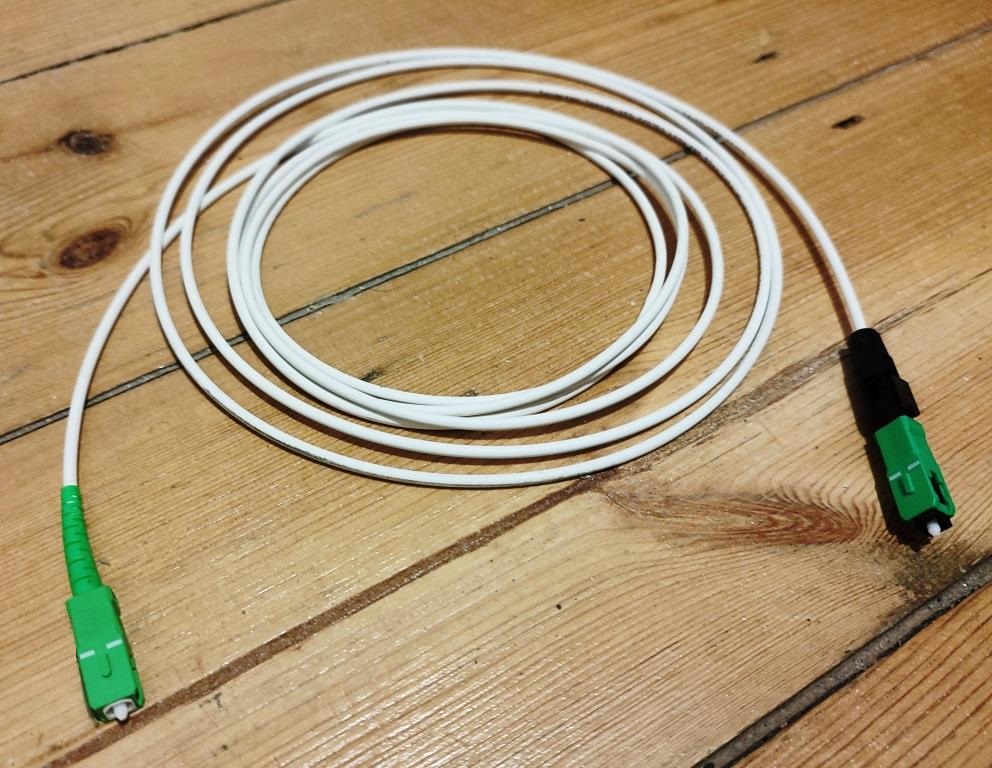what's the ping to your destination from your wireless device? does it improve if you use a wired connection? Are you running spdMerlin to monitor ping and jitter from your router to your ISP or a server you connect to regularly (google, steam...)?
my router pings my ISP's servers every 10 mins or so, and that varies from upper 6ms ping+jitter to ~15ms (avg <8ms) on a FTTN DSL connection with native IPv6, but I can't tell you how many miles of fibre-optic cabling is between here and there even if I'm only 30ish miles as the crow flies from the datacenter.
distance from router and barriers between router/client would add latency. remove them by adding a copper connection - much less frustrating ultimately than endlessly tweaking and testing.
best would be to have a direct connection with the other computer you're communicating with, but those direct connections are a little expensive unless it's only to the next room. IPv6 might help cut a few nanoseconds off the ping if the other end is using it too, but unless you can choose servers for the fewest hops (either v4 or v6), it pretty much is what it is.
Another thing to have a look at is SQM/QoS - if your ISP has it enabled on their gateway/modem, it might be to help keep their network limping along smoothly for them. You can probably bridge their equipment, use your router to "sign in" to your ISP and use your own QoS to try to eliminate bufferbloat and packet loss, which may "speed up" your internet feel - buffering (like NAT) induces a slight (or sometimes significant) latency that can interfere with "real time/live action" internet activities.
so, while its a lot to look into and get familiar with and possibly change, I hope this helps. remember - you asked ;p lol
 audiofusionsystems.com
audiofusionsystems.com



